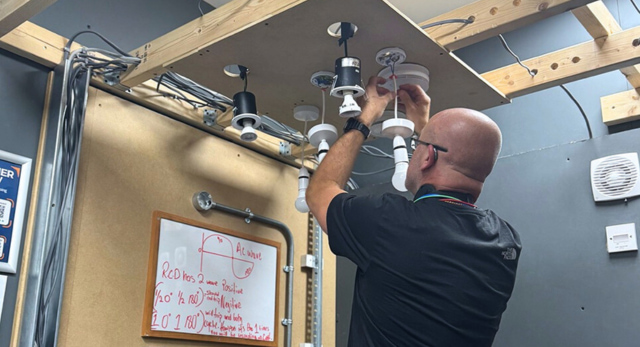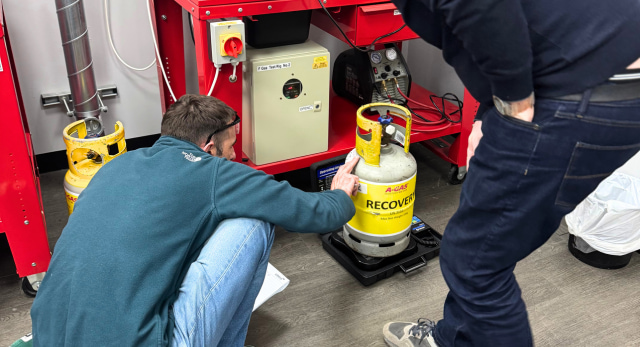The UK’s Commitment to the Reduction of Carbon Emissions by 2050
The most recent document from the National Grid shares a comprehensive amount of evidence, views and key conclusions about the evolution of energy and the future of gas in particular.
They found that gas will continue to play a crucial role for many decades to come, supporting the UK’s Clean Growth Strategy. By decarbonising hydrogen, biogases, and natural gas, the UK can still produce energy to support homes, transport, and industrial opportunities and lower the carbon emissions.
Back to Insights
What is gas decarbonisation?
The decarbonisation of gas, or the reduction in carbon content of the UK gas supply, has created an opportunity to reduce emissions across power, heat, transport and industry. This has given the UK a chance to become a leader in the climate action by creating new industries and export opportunities through innovation, skills, and services. This can be done through the utilisation of the UK’s current strengths from the oil and gas sectors, and creating new opportunities by moving towards a hydrogen economy, utilising biogases and low carbon heat networks. The National Grid states, “Carbon Capture Usage & Storage (CCUS) deployment is vital to the economy. It can be used to capture and store emissions from natural gas or biofuel power stations and industry, whilst the heat and transport sectors can use low carbon hydrogen produced through Steam Methane Reformation combined with CCUS.” The gas market and networks will require a joined up approach, as gas and electricity systems increasingly interact with each other, as well as looking to develop decarbonisation opportunities in the wider UK economy. In order to develop these opportunities, policy gaps and barriers to decarbonising gas will need to be removed.How will the ‘future of gas’ be realised?
In order for these goals to be met, the UK will need to provide:- Further support for innovation, commercialisation and deployment of emerging decarbonisation options for the UK economy, across energy, heat, transport and industry.
- National policy clarity on the next steps to decarbonise heat as soon as possible, so that industry has the confidence to invest.
- Coordinated action between governments, regional and local authorities to encourage gas as a way to reduce carbon emissions from commercial vehicles such as HGVs and buses in the shorter term, as well as developing hydrogen transport options for the longer term.
- Government continuing to develop the UK CCUS Deployment Pathway to unlock decarbonisation options across the UK economy and supporting hydrogen production.
- Government, regulators and the industry working together to remove the barriers to whole energy systems development, across gas and electricity, transmission and distribution, and beyond the energy sector.
- Government demonstrating a clear commitment to developing a decarbonisation of gas strategy as part of the whole energy system developments.
- Industry and National Grid working with decision makers to unlock the opportunities from decarbonising gas.









